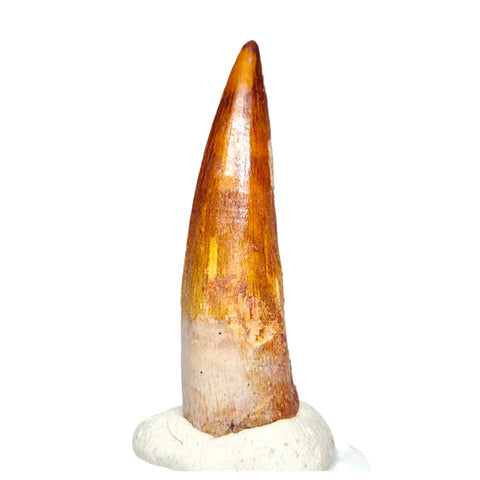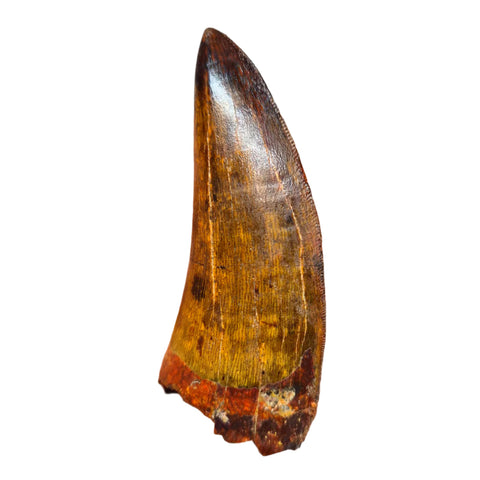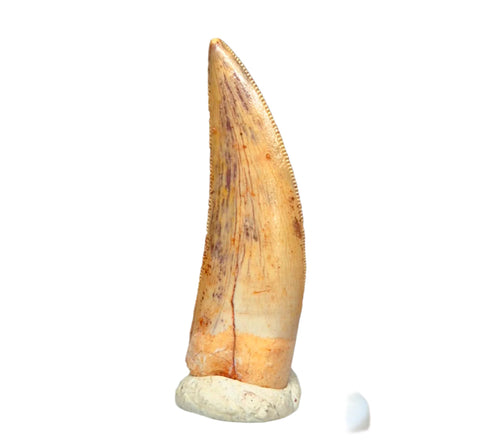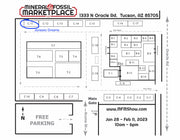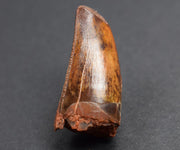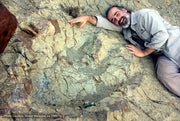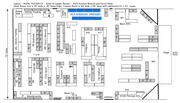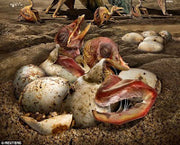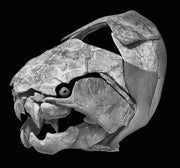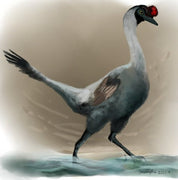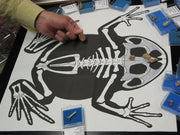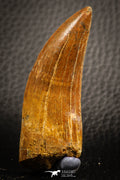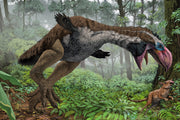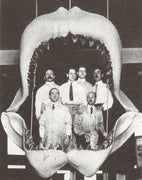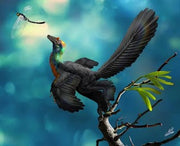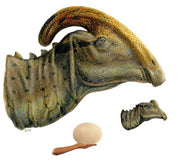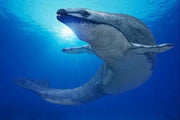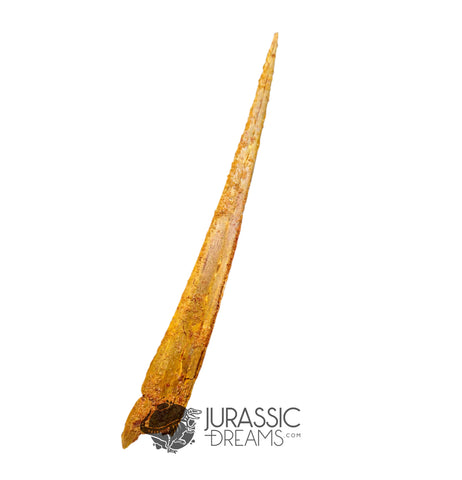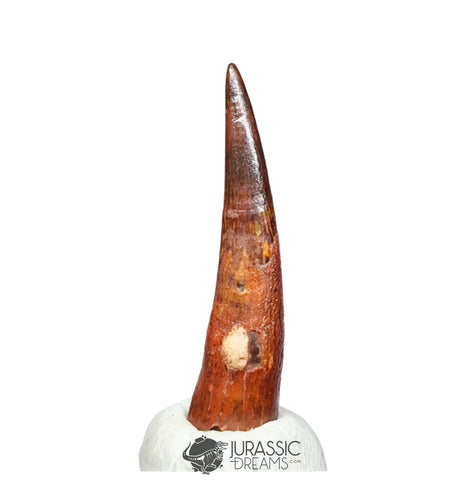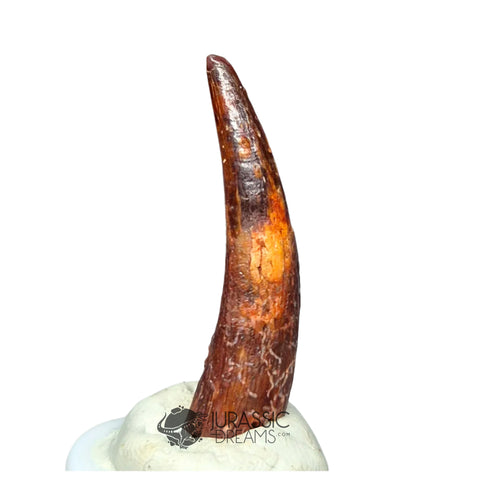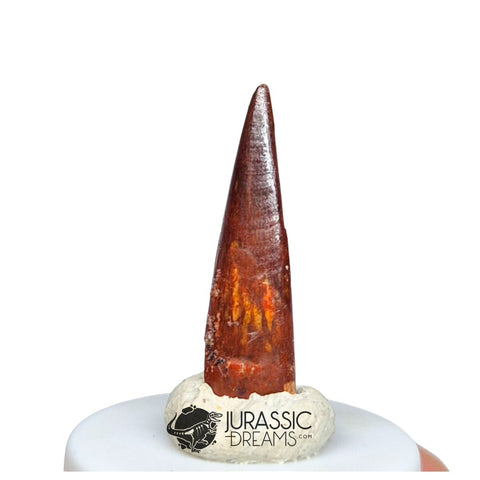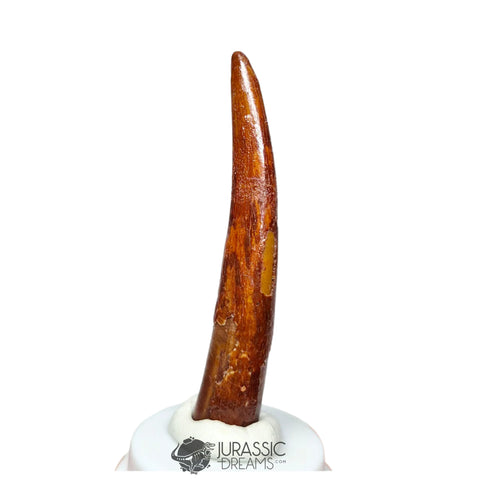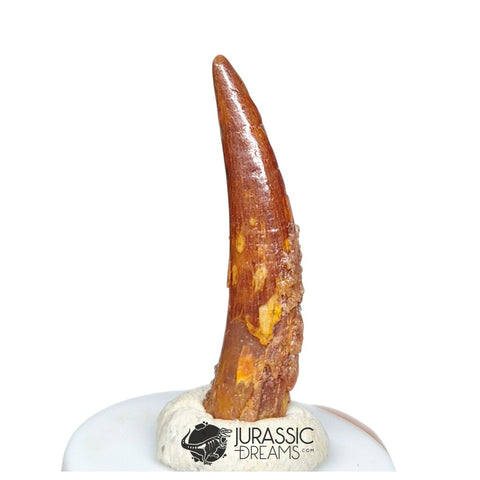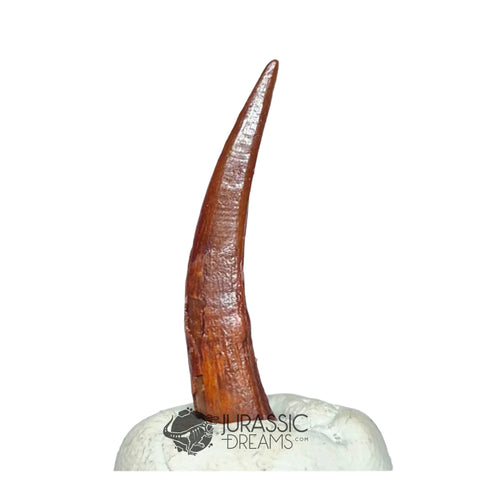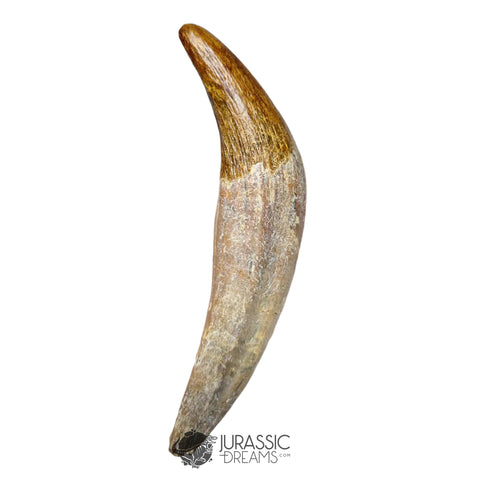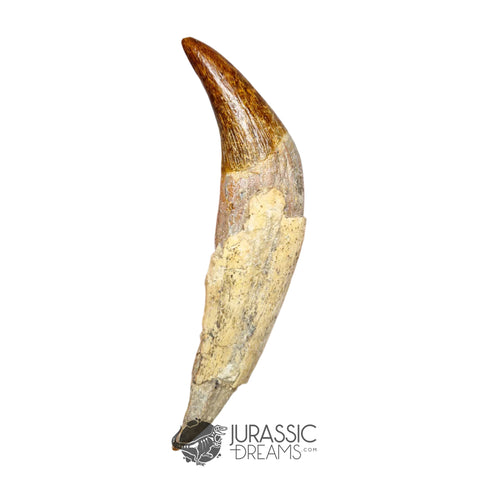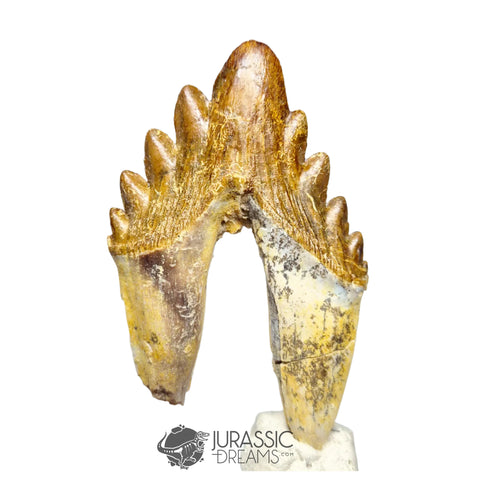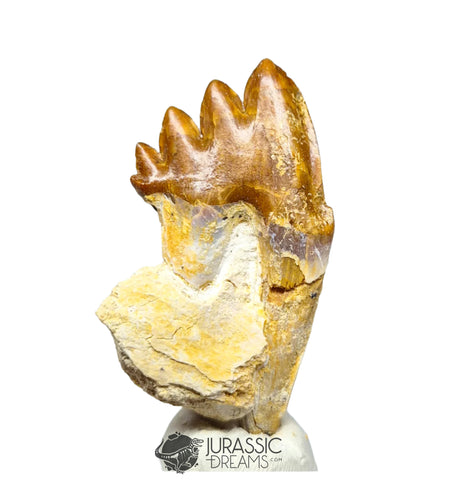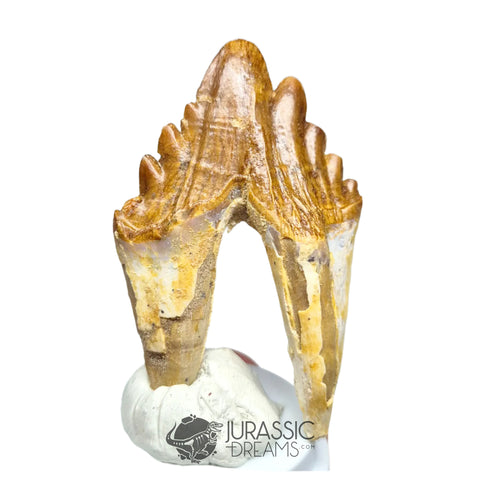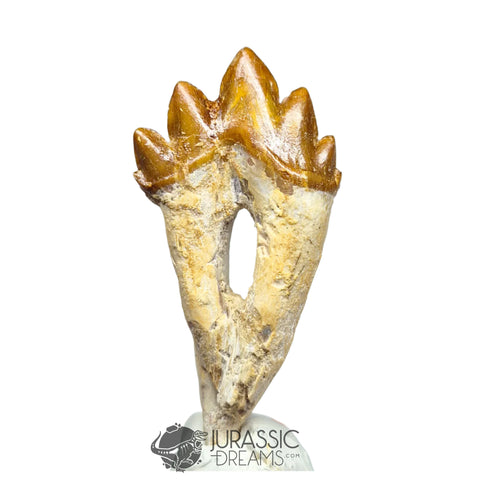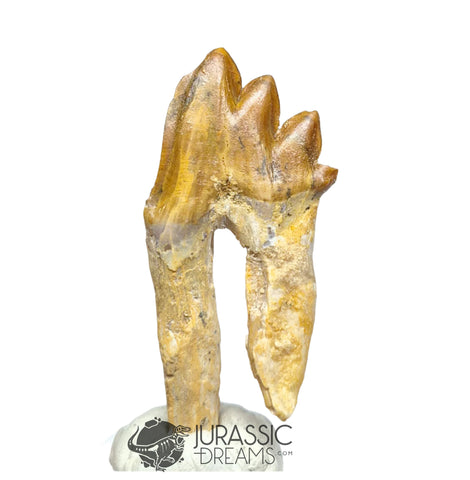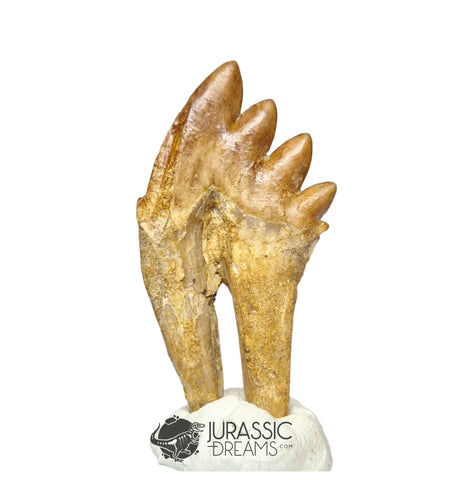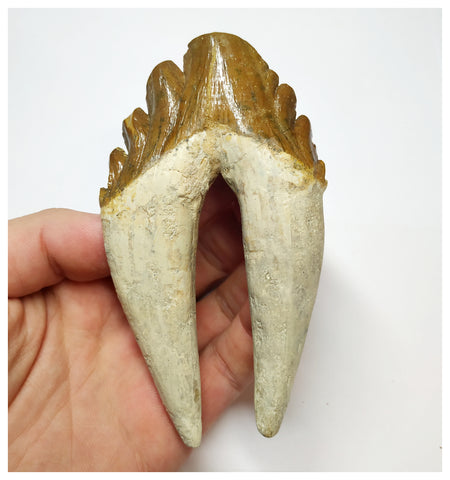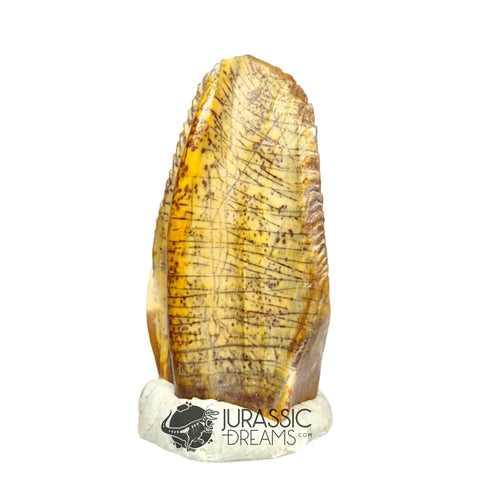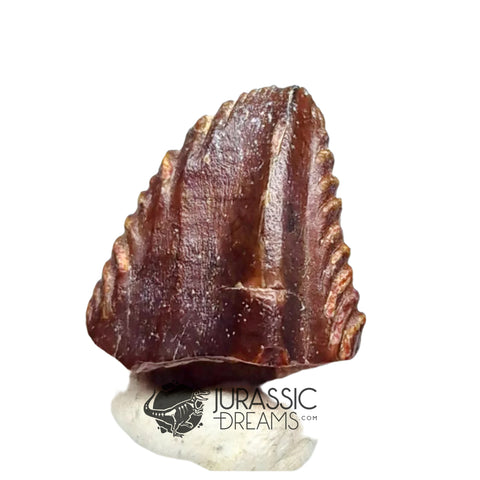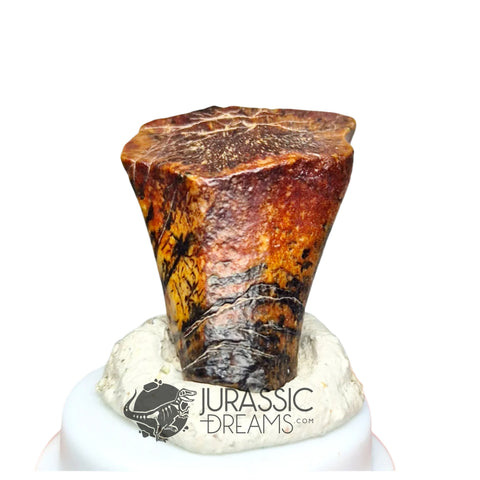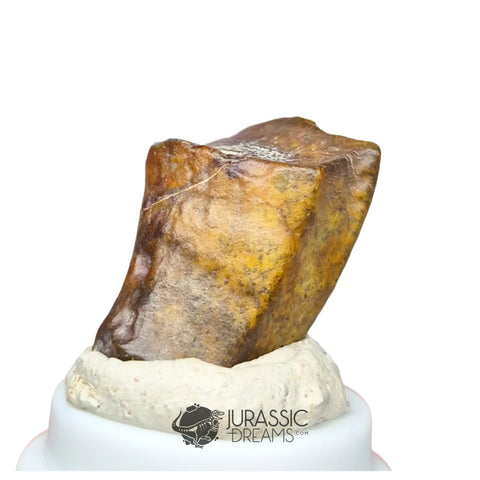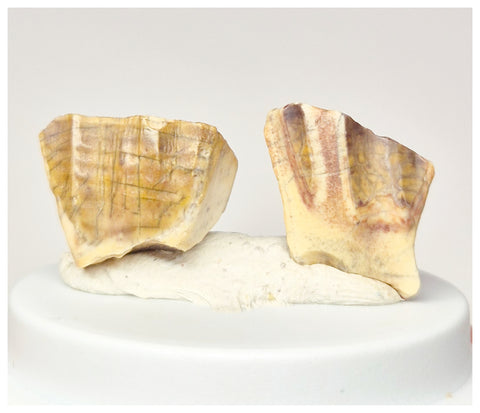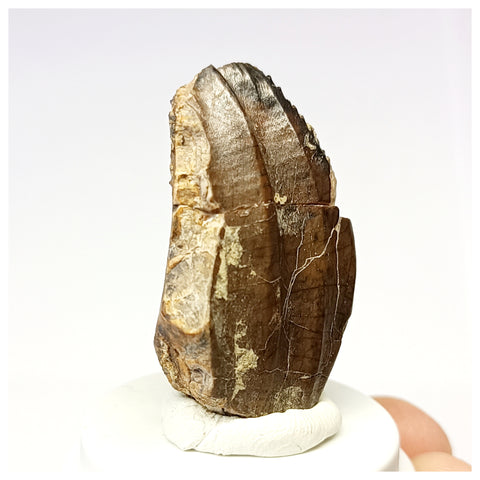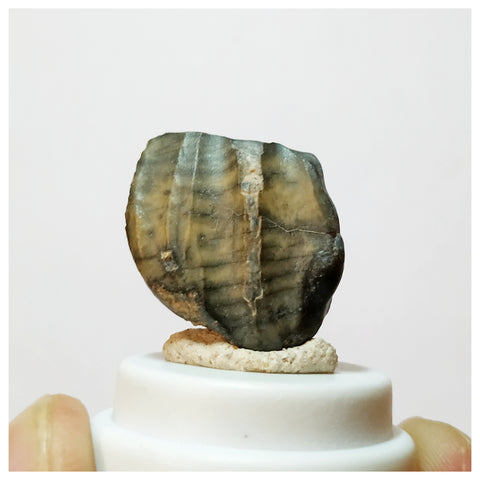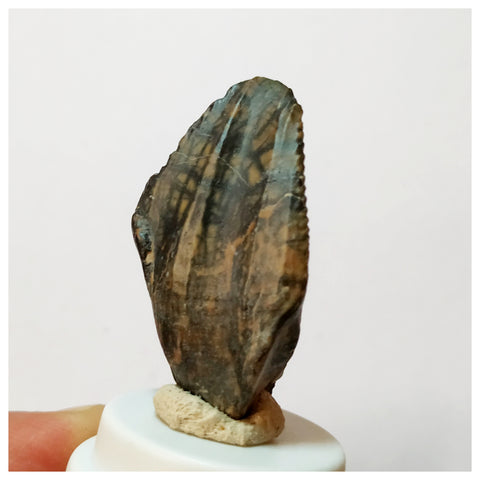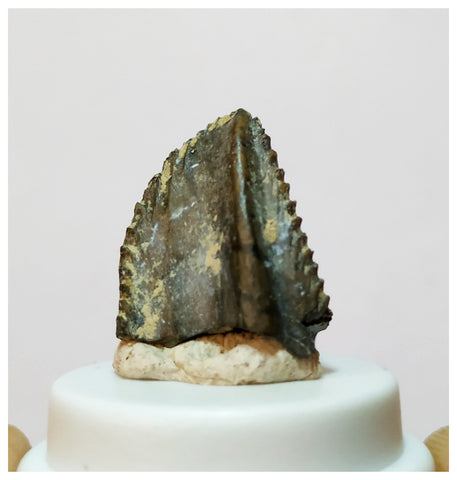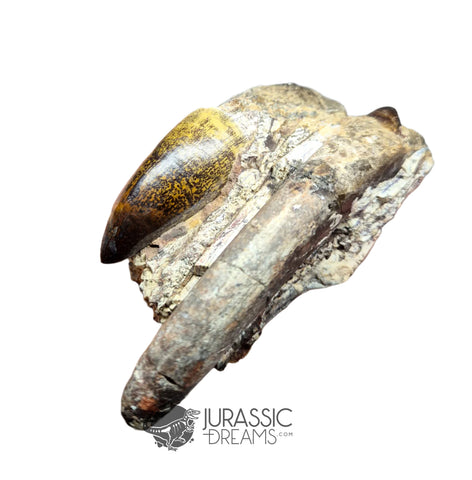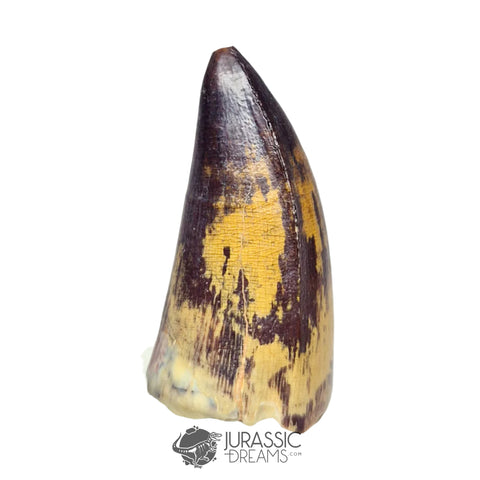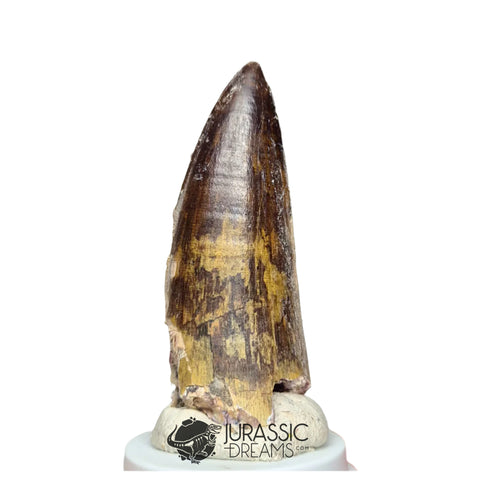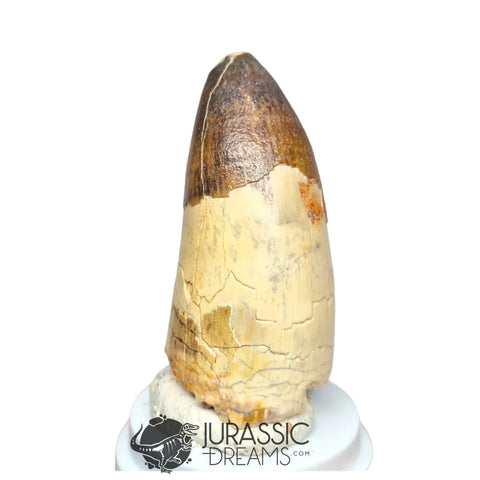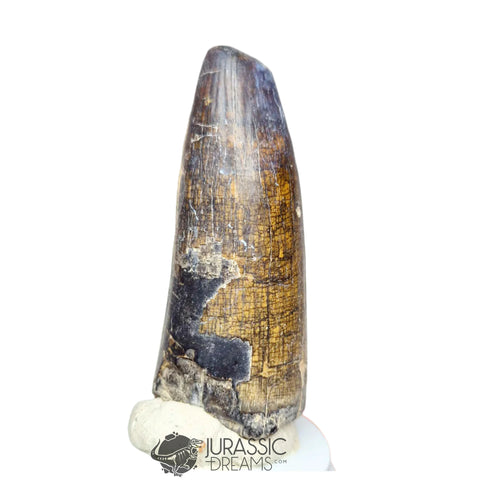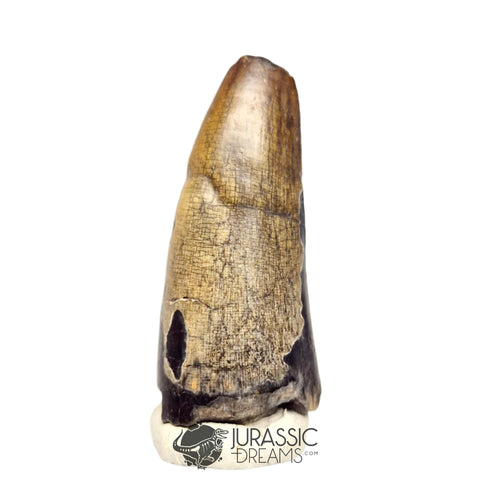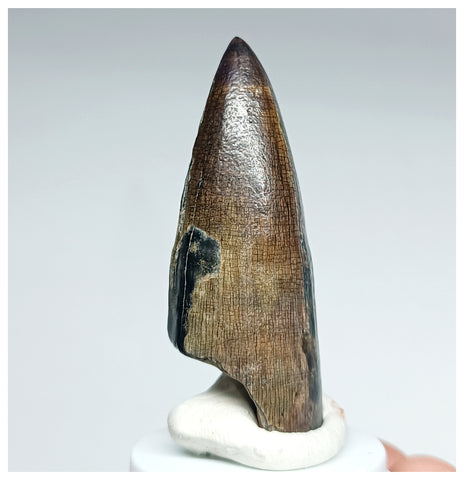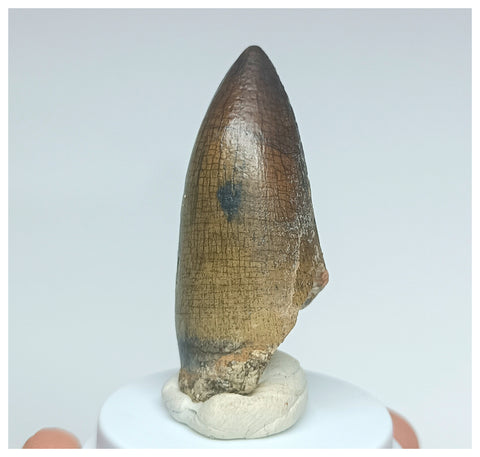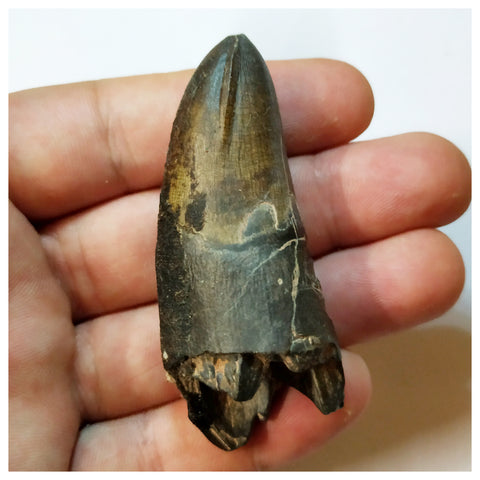Theropod Teeth Morphology - KemKem Basin
We present an interesting graphic documentation of the different morphologies within the isolated theropod teeth of the Ifezouane Formation (Cenomanian, middle Cretaceous of South Morocco). Normally, with isolated teeth it is very difficult to assign with certainty to the species to which they belong. That's without taking into account that these dinosaurs had heterodontics (the morphology of their teeth varies depending on the position in the jaw or maxilla).
This magnificent dissertation has been published in FossilForum by one of its reputed members ( "Troodon" - Editing members - Arizona) about its particular collection of theropod teeth from the Cretaceous of this region of North Africa.
FossilForum - Theropod Teeth Morphology - Kem Kem Basin
Isolated theropod teeth from the Ifezouane and Aoufous Formations (Kem Kem Basin) continue to be a mystery. Plan on documenting all the different morphologies I have in my collection. Can provide discussion and aid in identification at some point. Just a note, different morphologies do not necessarily mean different species. There is lots of tooth variations in the dentition of a theropod, why its so difficult to nail down an ID even in the best of circumstances.
Morph Type 1
Anterior Tooth
Distal margin is almost straight
Mesial margin strongly recurved
Mesial carina extends 3/4 crown height
Denticles are oriented towards the tip
Serration Density:
- Distal - 2/mm (More dense toward the base)
- Mesial - 1.7/mm (More dense toward the base)

Morph Type 2 (possible Carcharodontosaurid)
Anterior Tooth
Distal margin is slightly concave
Mesial margin strongly recurved
Mesial Carina extends to the cervex
Denticles are oriented toward the tip
Interdental sulci present
Serration Density:
- Distal: 2/mm (More dense toward the base)
- Mesial: 1.9/mm (More dense toward the base)

Morph Type 3
Dentary? Anterior
Mesial carina extends 3/4 crown height
Denticles parallel to the base and rounded at tip
Serration Density:
- Distal: 2.2/mm (More dense toward the base)
- Mesial: 2.4/mm (More dense toward the base)

Additional Example

Morph Type 4 (Possible Dromaeosaurid like)
Lateral Tooth
Tooth is recurved
Mesial Carina extends to 3/4 crown height with a lingual twist
Denticles parallel to the base
Serration Density:
- Distal: 3.6/mm
- Mesial: 4.6/mm

Additional Example
Serration Density:
- Distal: 3/mm
- Mesial: 5/mm

Morph Type 4A (Dromaeosaurid like)
Tooth is slightly recurved
Mesial Carina extends to base with a lingual twist
Denticles parallel to the base
Serration Density:
- Distal: 3.6/mm
- Mesial: No Serrations

Additonal Example
Serration Density:
- Distal 3.3/mm
- Mesial: No Serrations

Morph Type 5 (Dromaeosaurid like ?)
Lateral Tooth
Tooth is strongly recurved, compressed
Mesial Carina extends to 1/2 crown height, centrally located
Serration Density:
- Distal: 4/mm
- Mesial: 5/mm

Morph Type 5 (May not be Dinosaurian)
Distal margin very straight
Mesial margin slightly recurved
Denticles are very small but rectangular under a microscope
Serration Density:
- Distal: 5/mm
- Mesial: 5/mm

Additional Example

Morph Type 6
Lateral tooth
Tooth slightly recurved
Transverse undulations present
Mesial carina extends to the cervix
Denticles are very fine,
Serration Density:
- Distal: 2.8/mm (More dense toward the base)
- Mesial: 2.6/mm (More dense toward the base)

Additional Example

Morph Type 7 (Abelsaurid indet.)
Lateral Tooth
Very Compressed
Distal margin perpendicular to the base
Mesial margin strongly recurved
Distal denticle orientation is toward the tip
Carinae extend to the base
Serration Density:
- Distal: 2.5/mm
- Mesial: 2.6/mm

Additional Example

Morph Type 7A (Abelsaurid indet.)
Typical Morph Type 7 but positional (Pre-Maxillary)
Denticles on both edges orient toward the tip

Morph Type 7B (Abelsaurid indet.)
Lateral Tooth
Very Large compared to Morph type 7 & 7A (50 mm) (Adult?)
Distal margin perpendicular to the base
Denticle orientation is toward the tip
Carinae extend to the base
Serration Density:
- Distal: 2.2/mm
- Mesial: 2.2/mm

Morph Type 8
Position unclear
Very Compressed, Bowed
Distal margin perpendicular to the base
Mesial margin strongly recurved
Mesial carina extends to 3/4 of crown height
Interdental sulci present (Blood grooves)
Serration Density:
- Distal: 3.5/mm
- Mesial: 3.5/mm

Additional Example

Morph Type 9 (Spinosaurid indet.)
Vertical ridges on both sides of the crown (one side strongly developed, weak on other)
Carinae present around midline of the tooth

Morph Type 9A (Spinosaurid indet.)
Vertical ridges on only one side of the crown
Carinae present around midline of the tooth

Morph Type 9B (Spinosaurid indet.)
Vertical ridges absent on both sides of the crown
Carinae present around midline of the tooth

Morph Type 10 (Carcharodontosaurid indet.)
Anterior tooth
Distal margin is slightly concave
Mesial margin recurved
Mesial Carina extends to the base
Denticles are oriented toward the tip
Interdental sulci present (Blood Roots)
Serration Density:
- Distal: 2/mm (More dense toward the base)
- Mesial: 1.6/mm (More dense toward the base)

Morph Type 10A (Carcharodontosaurid indet.)
Anterior lateral tooth
Distal margin is slightly recurved
Mesial margin recurved
Mesial Carina extends to the base
Interdental sulci present (Blood Roots)
Serration Density:
- Distal: 2/mm (More dense toward the base)
- Mesial: 1.6/mm (More dense toward the base)

Morph Type 10B (Carcharodontosaurid indet.)
Distal lateral tooth
Distal margin is fairly straight
Mesial margin recurved
Mesial Carina extends to the base
Interdental sulci present (Blood Roots)
Serration Density:
- Distal: 1.8/mm (More dense toward the base)
- Mesial: 1.5/mm (More dense toward the base)

Additional Example of a Infant Tooth
Crown Height: 12 mm
Serration Density
- Distal: 3.6 mm
- Mesial: 3.5 mm

Thank you very much "Troodon" for this wonderful dissertation. A good job.








